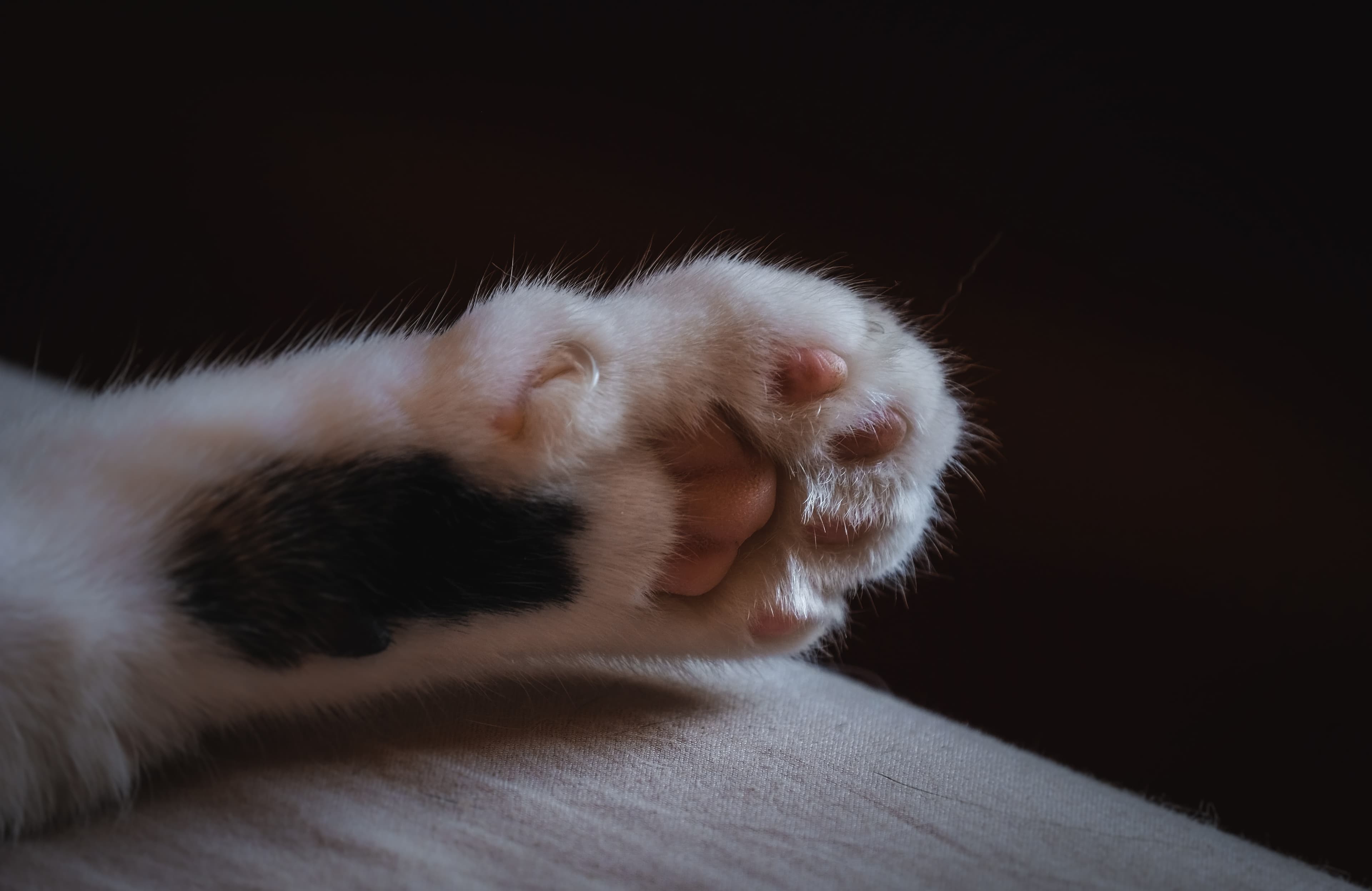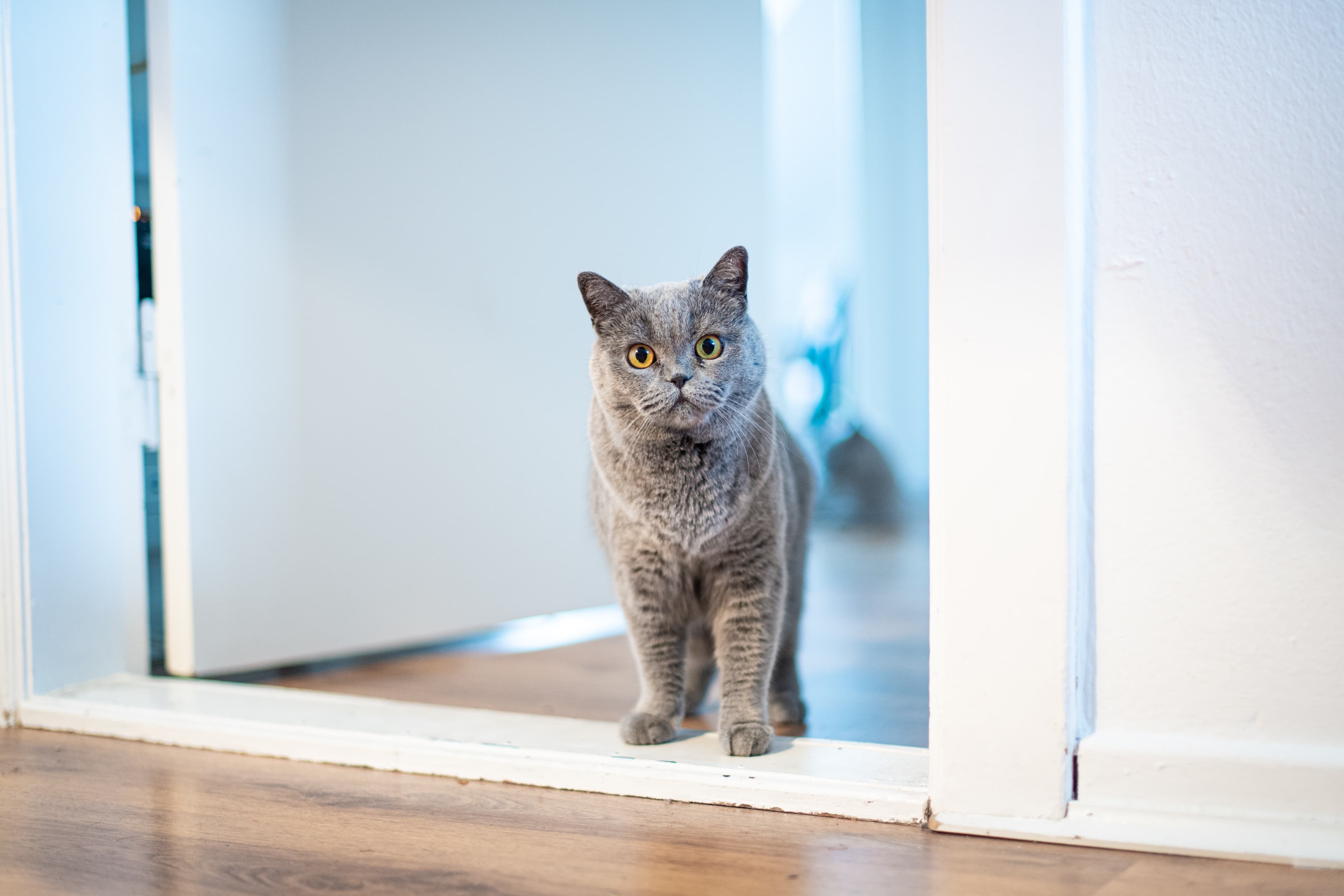Cat paws and tarmac
Did you know that asphalt can easily get up to +50 degrees on a summer's day! We who walk with shoes don't notice this but your cat has no shoes to wear. They walk directly on scorching asphalt and their tread pads are not as durable as we think. To easily know how hot the asphalt is, you can put your forearm against the asphalt. If it burns your arm, your cat can't walk on it either.
Burnt paws are extremely painful and it is difficult for our cats to avoid walking on their paws even though it hurts. The burns can be minor stinging or turn into blisters which then burst and cause large wounds. If these are not treated in time, they can lead to infections and long-term pain.
Treating burns
If your cat gets burns, it's important to wash the pad immediately and bandage lightly to avoid bacteria reaching the wounded surface or the cat licking the wound. You can use a funnel to help your cat. If your cat has major burns, you will need to see a vet for help. This is extremely painful for your cat and it may need pain relief and treatment from the vet.
How to avoid
It is not always easy to help your cat when they are allowed outside on their own. Below are some guidelines that may be helpful to keep in mind on warm days:
Let your cat out early in the morning and late in the evening.
If you walk on a leash - walk in the grass, on the side of the pavement
Inspect your cat's paws every night and lubricate if you see your cat getting dry
Has your cat been burned? Don't leave it outside for a while






